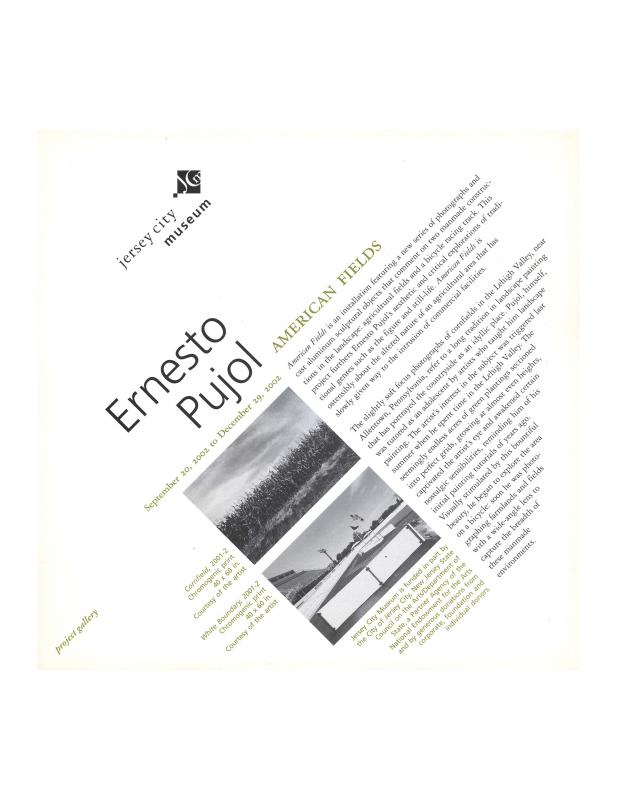Julia P. Herzberg is an art historian, independent curator, and Fulbright Senior Specialist living in New York. She completed her PhD in art history at the Graduate Center, City University of New York, in 1998, with a dissertation on Cuban artist Ana Mendieta. She is a specialist of Latin American artists living in the United States, and has curated more than twenty-five exhibitions. Herzberg was a co-curator of The Decade Show (1990), held in New York at the Museum of Contemporary Hispanic Art, the New Museum, and the Studio Museum in Harlem, and she was the curator of the official U.S. representation for the III Bienal Internacional de Pintura in Cuenca, Ecuador (1991). In addition to serving as a consulting curator at El Museo del Barrio in New York (1996–2001), she was a consulting curator for the 2003, 2006, and 2009 Bienales de La Habana, and she is a contributing and consulting editor for Arte al día Internacional. Herzberg has taught, lectured, and published extensively in the United States and abroad and received two J. William Fulbright Scholarship Board awards: one at the Pontificia Universidad Católica (2007) and another at the Universidad Diego Portales (2013), both in Santiago, Chile, and also served as a visiting professor at the Instituto de Arte, Pontificia Universidad Católica de Valparaíso, Chile (2016).
Ernesto Pujol (b. 1957, Havana, Cuba) is a New York–based contemporary artist with an interdisciplinary art practice involving Conceptual photography, installation, and performance. Pujol grew up in San Juan, Puerto Rico, where he received an undergraduate degree in painting from the Universidade de Puerto Rico (Rio Piedras Campus) in 1979, after having completed an art history certificate from Universidad Complutense (Madrid, 1978). From the ages of twenty to twenty-seven, Pujol was a Roman Catholic seminarian, a cloistered monk, and a missionary. He resumed art making in the late 1980s. From 1985 to 1990, he pursued graduate work in education at the Universidad Interamericana (San Juan, Puerto Rico) as well as in art therapy at Pratt Institute and media theory at Hunter College (both in New York). The subject matter of his art production ranges from memory and religion to the politics of identity and gender representation. In 1997, he took part in the sixth edition of Bienal de La Habana and the second Johannesburg Biennial in South Africa.
This document is an exhibition leaflet for Pujol’s installation Conversion of Manners held at El Museo del Barrio, New York (June 13–September 24, 2000). The installation was commissioned as part of the Contemporánea series, then in its fourth year, intended to fund site-specific installations by emerging or underrecognized artists whose work expanded artistic boundaries. The show was Pujol’s first solo presentation at El Museo del Barrio, and the photographs he exhibited were part of a larger study he had been working on since 1999 about hagiography (the lives of saints). The work was informed by memories of his past monastic life, and represented a transition in his art practice toward performance. Today he works as a social choreographer, creating site-specific and durational delegated performances utilizing the participation of everyday people as performers. [As a complementary reading, see another text on the artist in the ICAA Digital Archive: “American Fields: Ernesto Pujol,” in Ernesto Pujol, Jersey City: Jersey City Museum, 2002 (doc. no. 1343815), by Julia P. Herzberg.]

